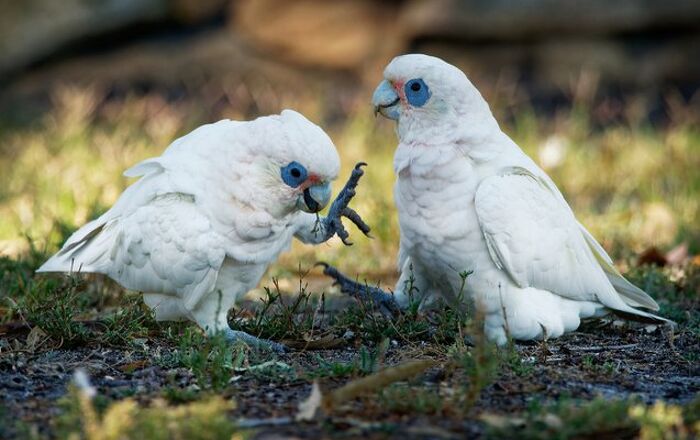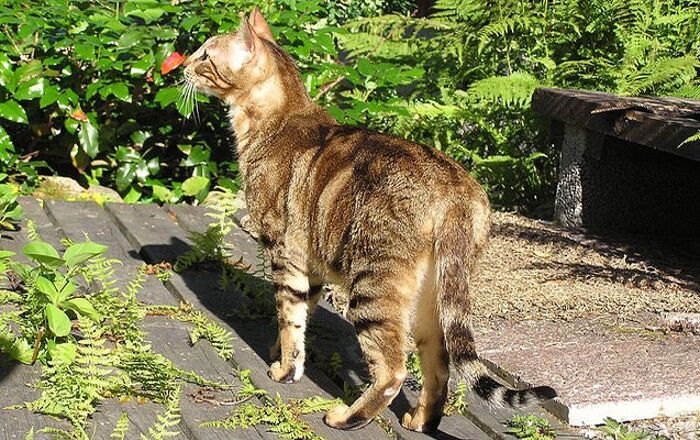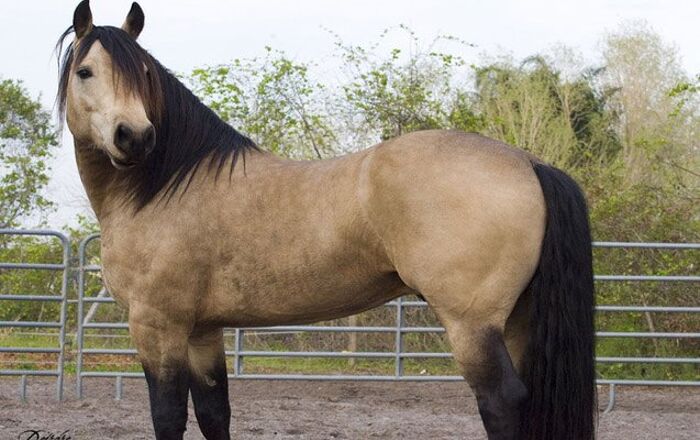
Do you think you’re ready for a house fire? What happens if you’re not at home and your pets are inside? Here are four tips to keep your pets safe from house fires.
A few years ago, I awoke from a dead sleep to a strange, loud beeping noise. It was one of our smoke detector alarms going off in a room at the other end of the house. I was the only adult in a house with two house cats.
Though it turned out to be a false alarm — activated by too much dust on the sensor — it was incredibly scary. I was solidly brought to reality of how ill-prepared I was to get my family and pets out to safety should there ever be a true house fire.
The most common disaster responded-to by the American Red Cross is home fires. It stands to reason that many of these fires would affect dogs, cats, or another companion animal inside.
It’s one of those subjects that can be easy to forget — home fire safety. After all, it’s not like house fires are nearly as common as they once were. But knowing what you would do, just in case, could very well mean the difference between life and death for your companion animals. Here are 4 tips to help protect your pet from fires:
1) Make a Formal Fire Escape Plan
Include your pets when drawing out your family’s fire escape route. And then, practice the evacuation plan with your pets in tow.
Have a set place, if possible, where your pet spends the night. This makes it easier to find your pets in a hurry.
Create a disaster kit specifically for your pets, with items that are pertinent to them. This would include feed and feed dishes, water bottles, treats, a collar and leash, any medications, and anything else that would be required should your pet need to leave home long-term.
Another idea is to have a safe place for your pet to stay, such as with a neighbor or friend, if you would need to leave your home. Emergency shelters may not accommodate pets.
Related:How To Prevent And Prepare For Fire Safety In Your Pet-Friendly Home
2) Affix aPet Alert Window Clingto a Front Window
Contact your local fire department for an emergency window cling to affix to one of your front windows where it would be easily seen by firefighters. Write the number of pets you have on the side of the window cling facing out. This information will alert firefighters that there are pets inside the building.
3) Keep Pets Near Entrances When Away From Home
While you’re away, whether short-term or long-term, and if your pet is remaining at home, have your pets kept near the front entrance of the house. This makes it easier for a firefighter to locate them if there is a fire, as the firefighter would enter the house through the front door first. A dog can be kept in a kennel, for example. A cat would do better if kept in a front room.
Also, keep collars on your pets when not at home and have leashes easy to locate right by the front door. For other animals that don’t leash well, keep an appropriate carrier at the ready near the entrance.
Some pet parents choose to invest in a home monitoring system specifically for pets. The monitoring center can then alert firefighters about pets in your home.
Related:Hot Dogs And Campfire Safety
4) Pet-Proof Your Home, Specifically for Fire Safety
For how curious our pets are, it’s not surprising that some house fires are inadvertently started by pets themselves. Cats, leaping onto kitchen counter, may accidentally turn on the gas stove. Dogs, bored while waiting for you to come home from work, may chew on power cords. While you step out for a second to check the mailbox, your curious pet may accidentally tip over the lit candle on your mantle. Of course, they don’t mean to — but the consequences can be dire.
Here are some quick tips to pet-proof your home, specifically keeping fire safety in mind:














